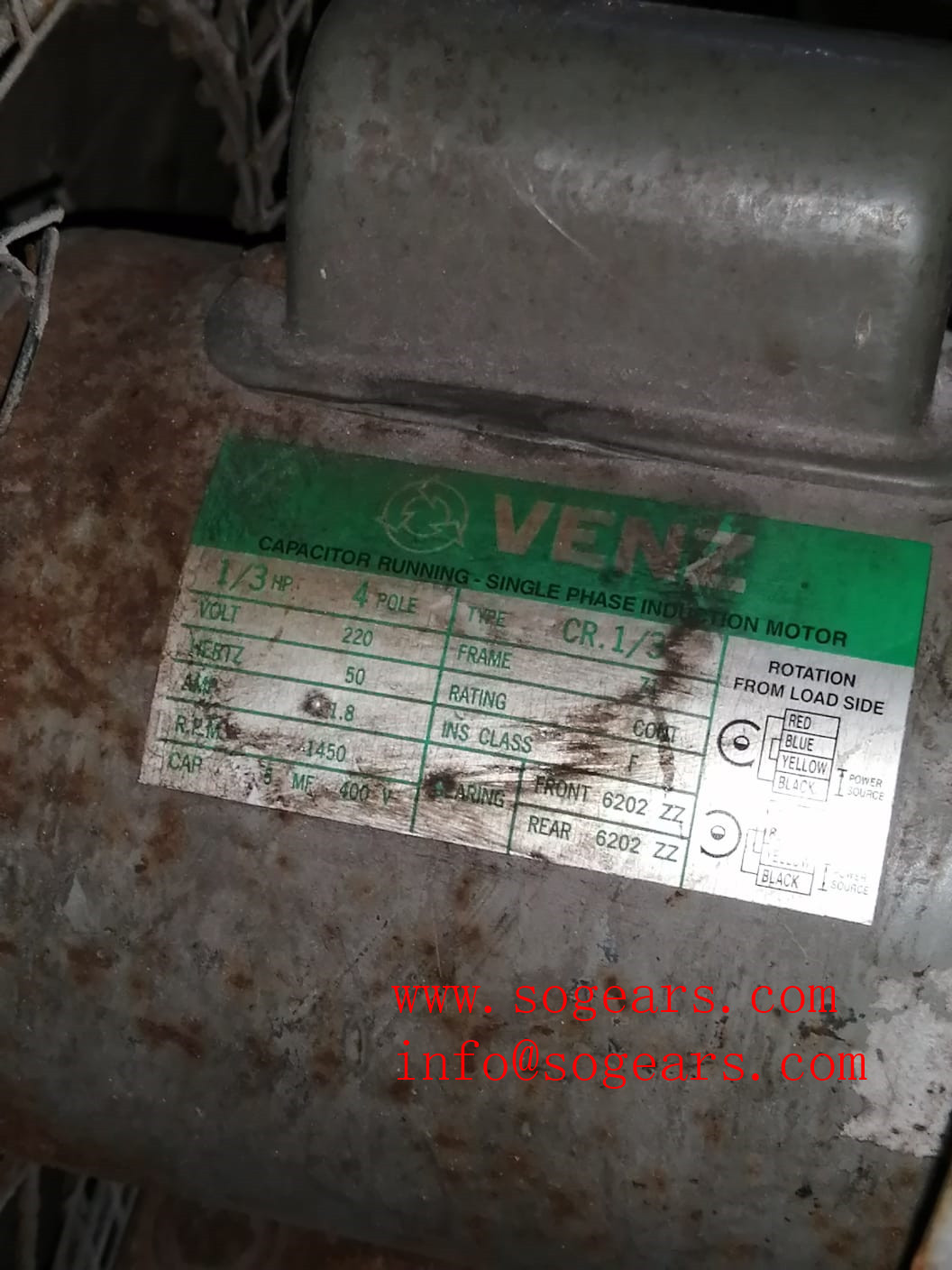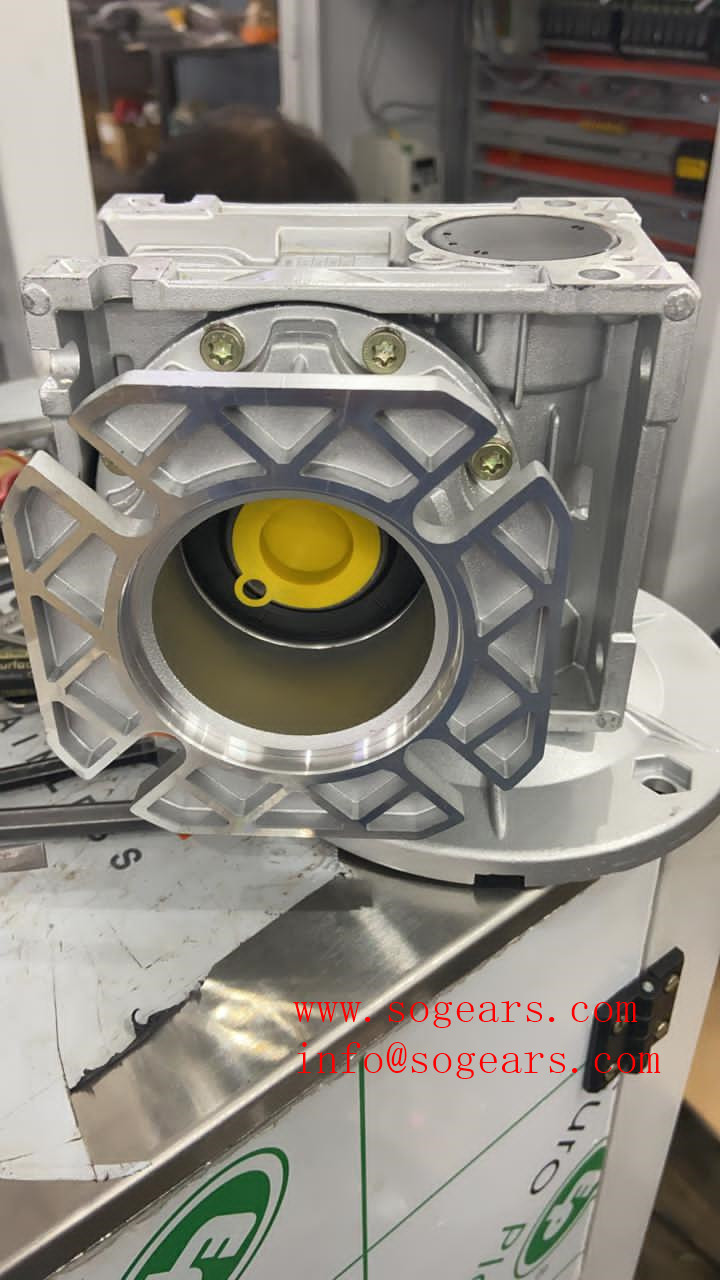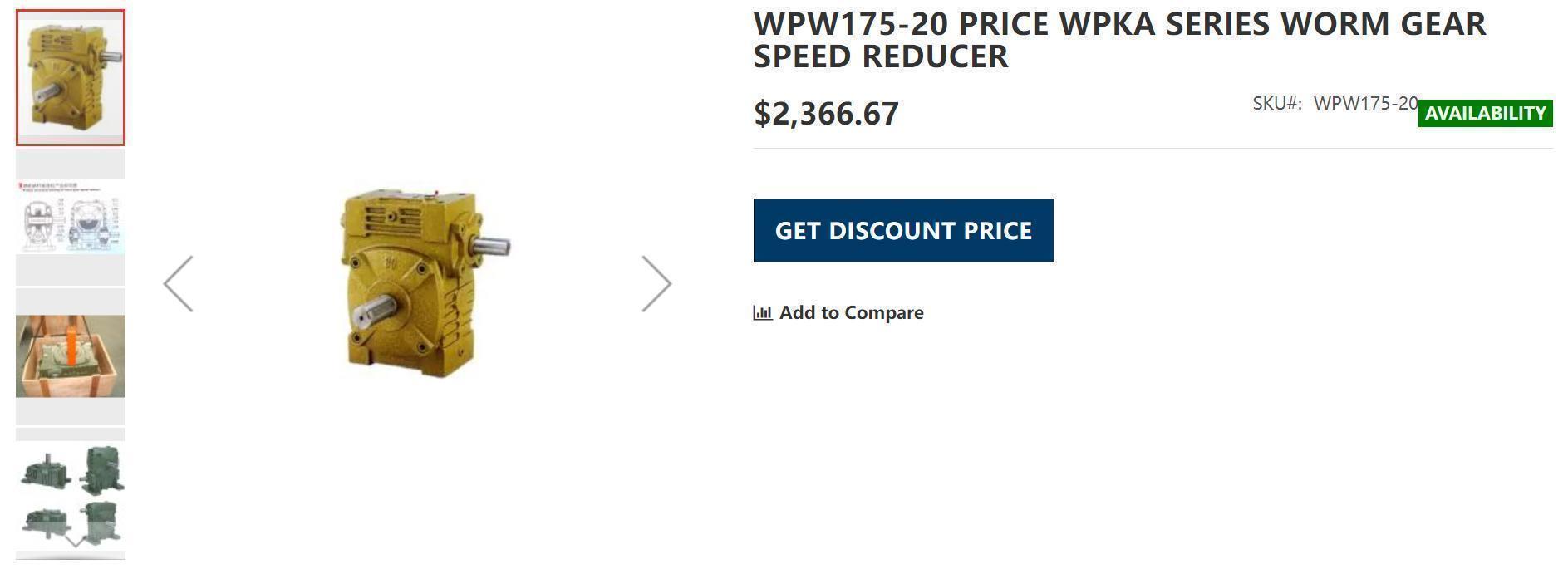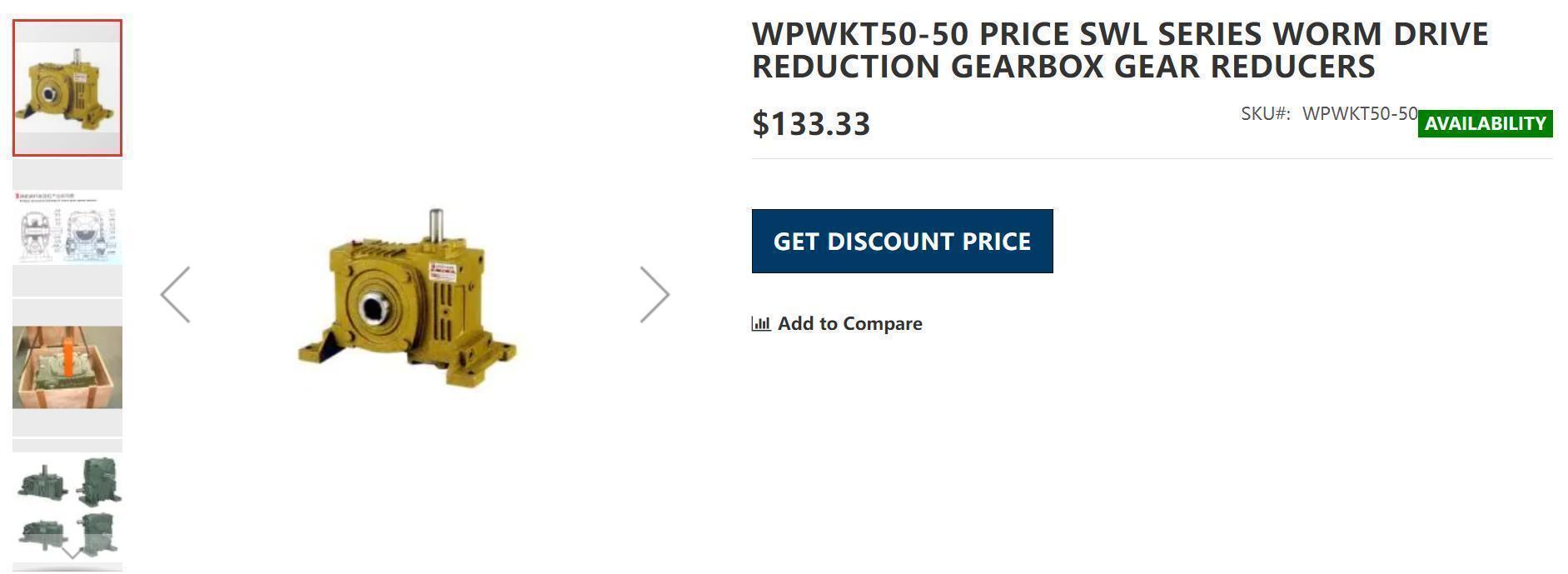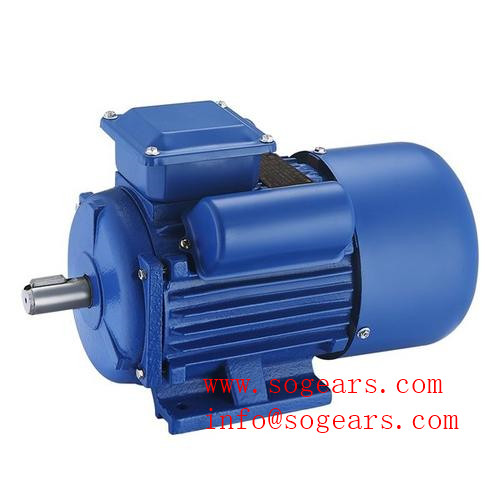
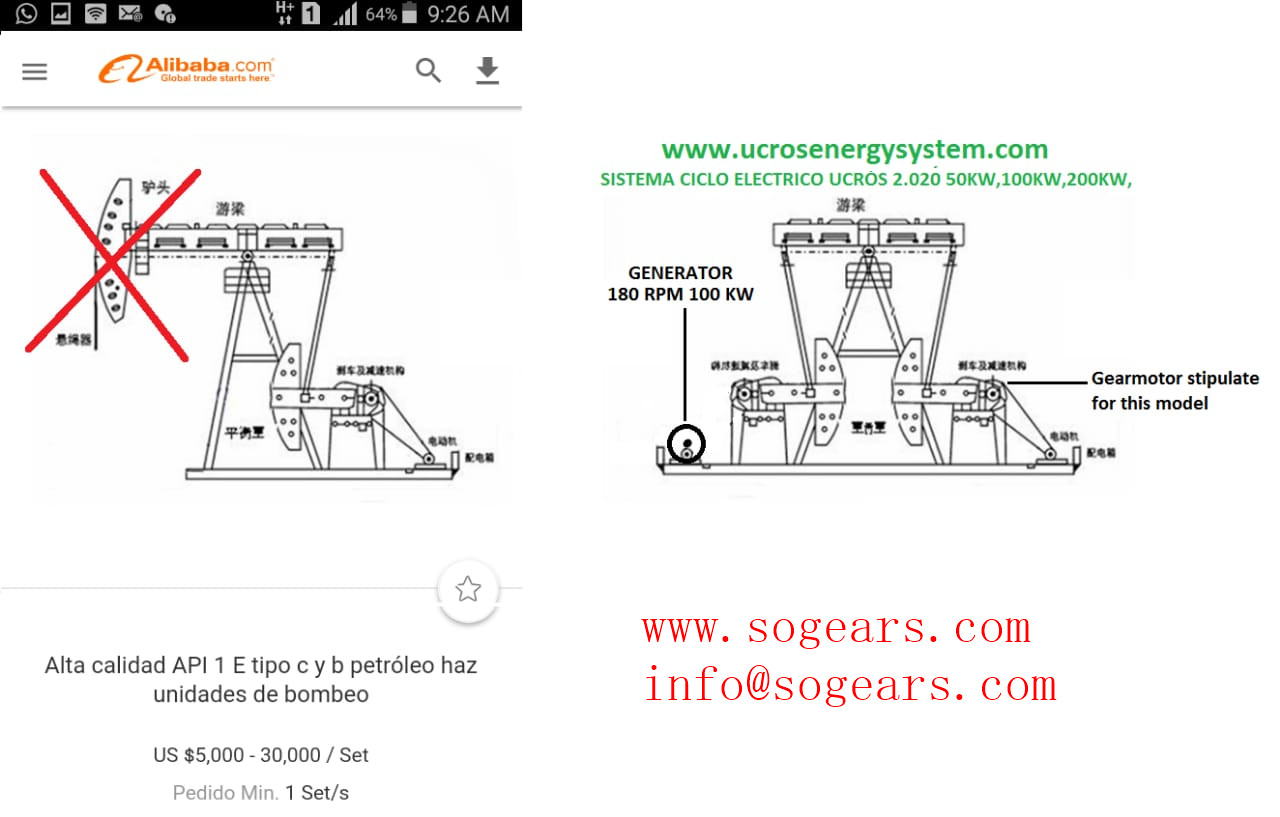
The working principle of a DC generator is to convert the alternating electromotive force induced in the armature coil into a DC electromotive force when it is drawn from the brush end by the commutator and the commutation action of the brush.
The direction of the induced electromotive force is determined according to the right-hand rule (the magnetic line of induction points to the palm of the hand, the thumb points to the direction of movement of the conductor, and the other four fingers point to the direction of the induced electromotive force in the conductor).
working principle
The direction of the conductor's force is determined by the left-hand rule. This pair of electromagnetic forces forms a moment that acts on the armature. This moment is called electromagnetic torque in a rotating electrical machine. The direction of the torque is counterclockwise in an attempt to make the armature rotate counterclockwise. If the electromagnetic torque can overcome the resistance torque on the armature (such as resistance torque caused by friction and other load torques), the armature can rotate in a counterclockwise direction.
A DC motor is a motor that runs on a DC working voltage and is widely used in tape recorders, video recorders, DVD players, electric shavers, hair dryers, electronic watches, toys, etc.
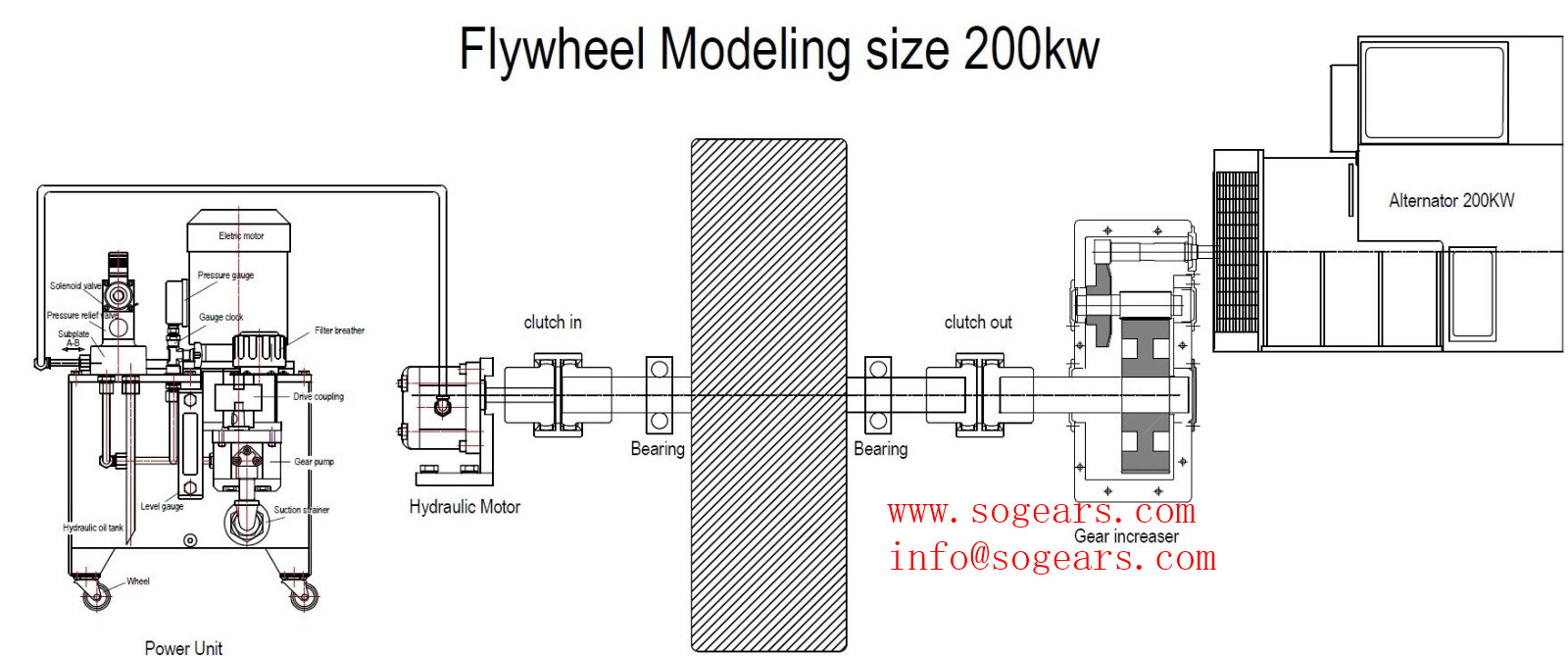
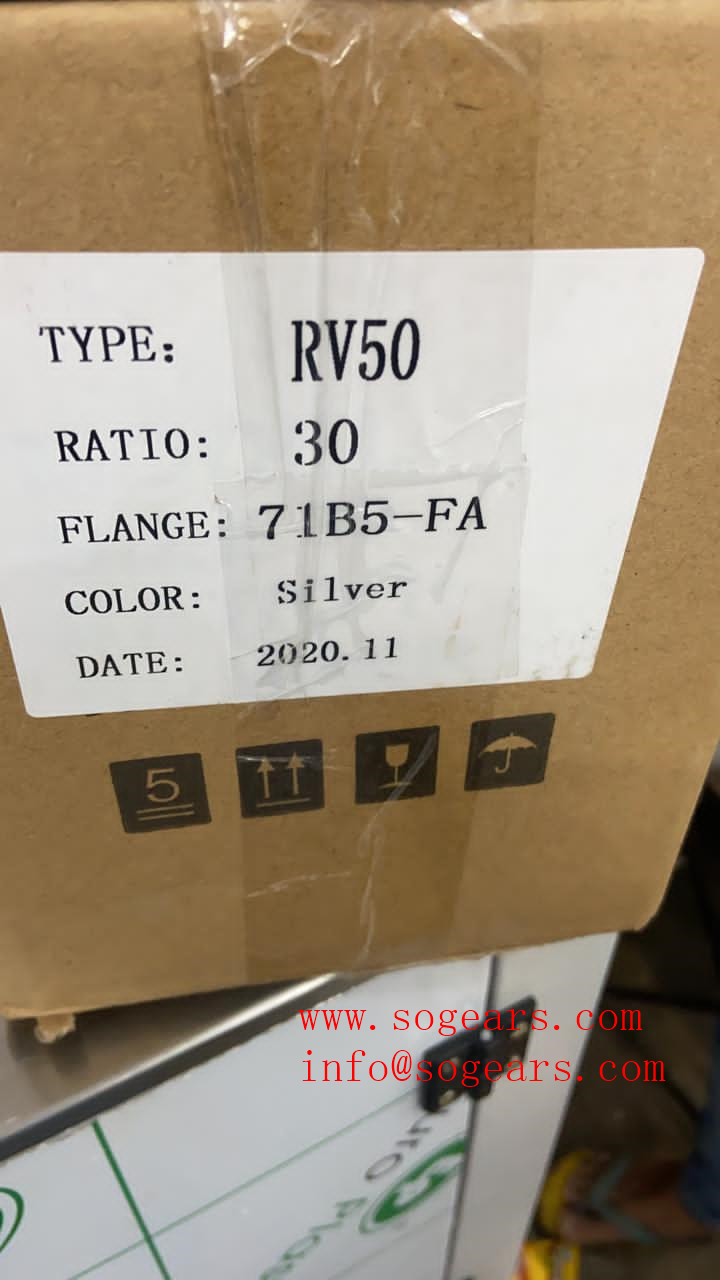
Electromagnetic DC motor is composed of stator poles, rotor (armature), commutator (commonly known as commutator), brushes, casing, bearings, etc. The stator pole (main pole) of electromagnetic DC motor is composed of iron core and field winding . According to the different excitation methods (called excitation in the old standard), it can be divided into series-excited DC motors, shunt-excited DC motors, separately-excited DC motors and compound-excited DC motors. Due to the different excitation methods, the law of the stator magnetic pole flux (generated by the excitation coil of the stator pole is energized) is also different.
The field winding and the rotor winding of the series-excited DC motor are connected in series through the brush and the commutator. The field current is proportional to the armature current. The magnetic flux of the stator increases with the increase of the field current, and the torque is similar to the electric current. The armature current is proportional to the square of the current, and the speed drops rapidly as the torque or current increases. Its starting torque can reach more than 5 times the rated torque, short-term overload torque can reach more than 4 times the rated torque, the speed change rate is large, and the no-load speed is very high (generally not allowed to run under no-load ). Speed regulation can be achieved by using external resistors and series windings in series (or in parallel), or by switching the series windings in parallel.
The excitation winding of the shunt-excited DC motor is connected in parallel with the rotor winding, the excitation current is relatively constant, the starting torque is proportional to the armature current, and the starting current is about 2.5 times the rated current. The speed decreases slightly with the increase of current and torque, and the short-term overload torque is 1.5 times of the rated torque. The rate of speed change is small, ranging from 5% to 15%. The speed can be adjusted by weakening the constant power of the magnetic field.
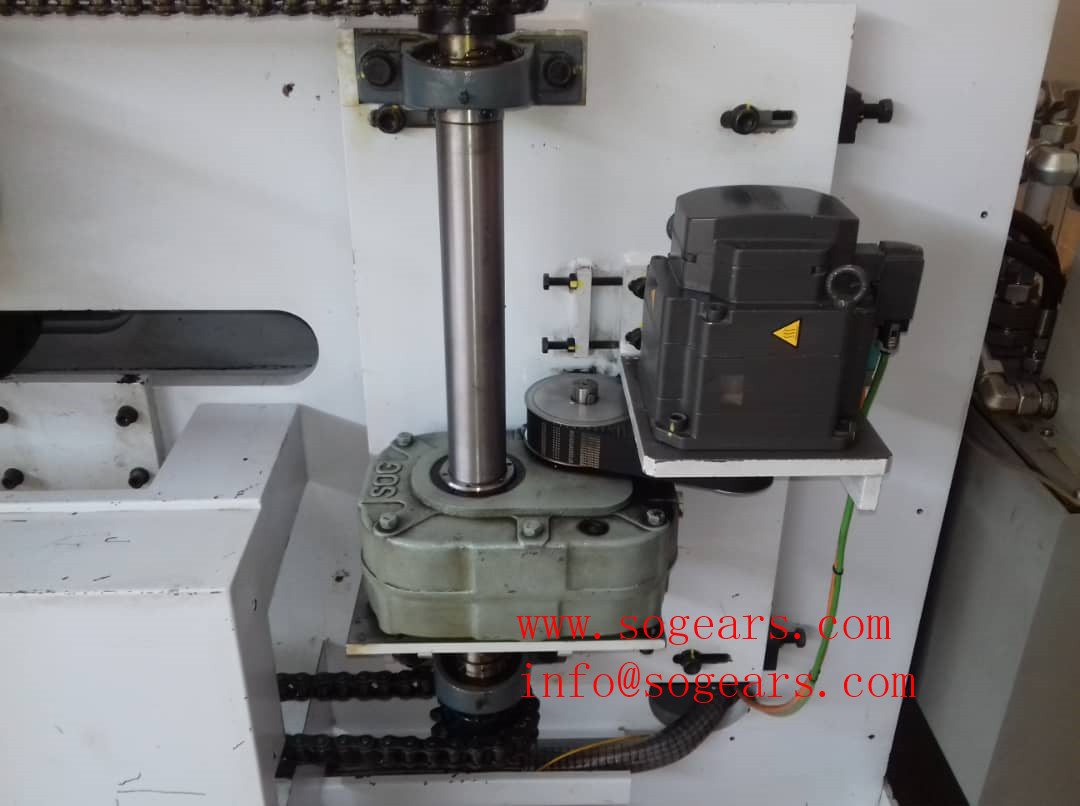
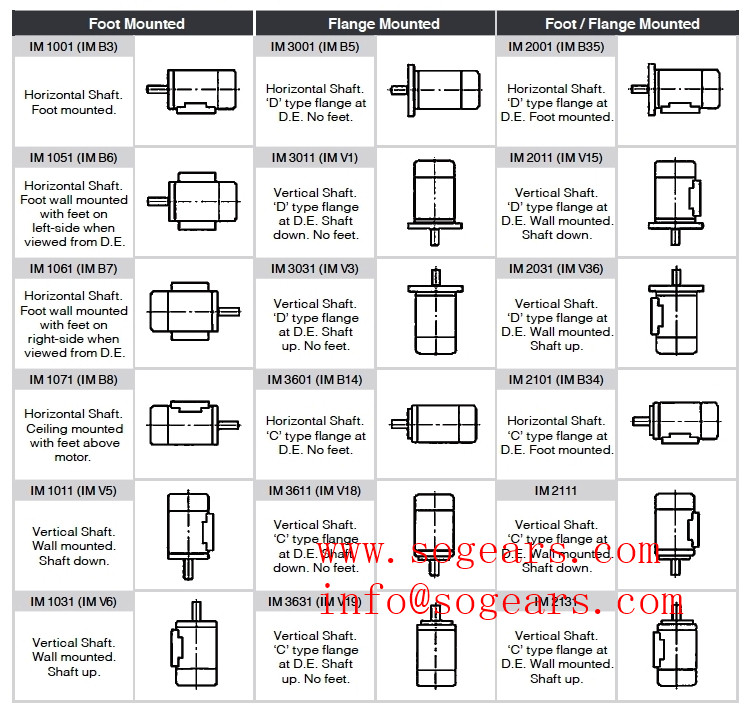
AC asynchronous motor
AC asynchronous motors are motors that run on AC voltage. They are widely used in electric fans, refrigerators, washing machines, air conditioners, hair dryers, vacuum cleaners, range hoods, dishwashers, electric sewing machines, food processing machines and other household appliances and various electric appliances. Tools, small electromechanical equipment.
AC asynchronous motors are divided into induction motors and AC commutator motors. Induction motors are divided into single-phase asynchronous motors, AC and DC motors and repulsion motors.
The speed of the motor (rotor speed) is less than the speed of the rotating magnetic field, so it is called an asynchronous motor. It is basically the same as an induction motor.
Fundamental:
1. When a three-phase asynchronous motor is connected to a three-phase AC power supply, the three-phase stator windings flow through the three-phase magnetomotive force (stator rotating magnetomotive force) generated by the three-phase symmetrical current and generate a rotating magnetic field.
2. The rotating magnetic field and the rotor conductor have a relative cutting motion. According to the principle of electromagnetic induction, the rotor conductor generates an induced electromotive force and an induced current.
3. According to the law of electromagnetic force, the current-carrying rotor conductor is subjected to electromagnetic force in the magnetic field to form an electromagnetic torque to drive the rotor to rotate. When the motor shaft is mechanically loaded, it outputs mechanical energy.
Asynchronous motor is a kind of AC motor, and the ratio of its speed at load to the frequency of the connected power grid is not a constant relationship. It also changes with the size of the load. The greater the load torque, the lower the speed of the rotor. Asynchronous motors include induction motors, doubly-fed asynchronous motors and AC commutator motors. Induction motors are the most widely used. Generally speaking, induction motors can be called asynchronous motors without causing misunderstanding or confusion.
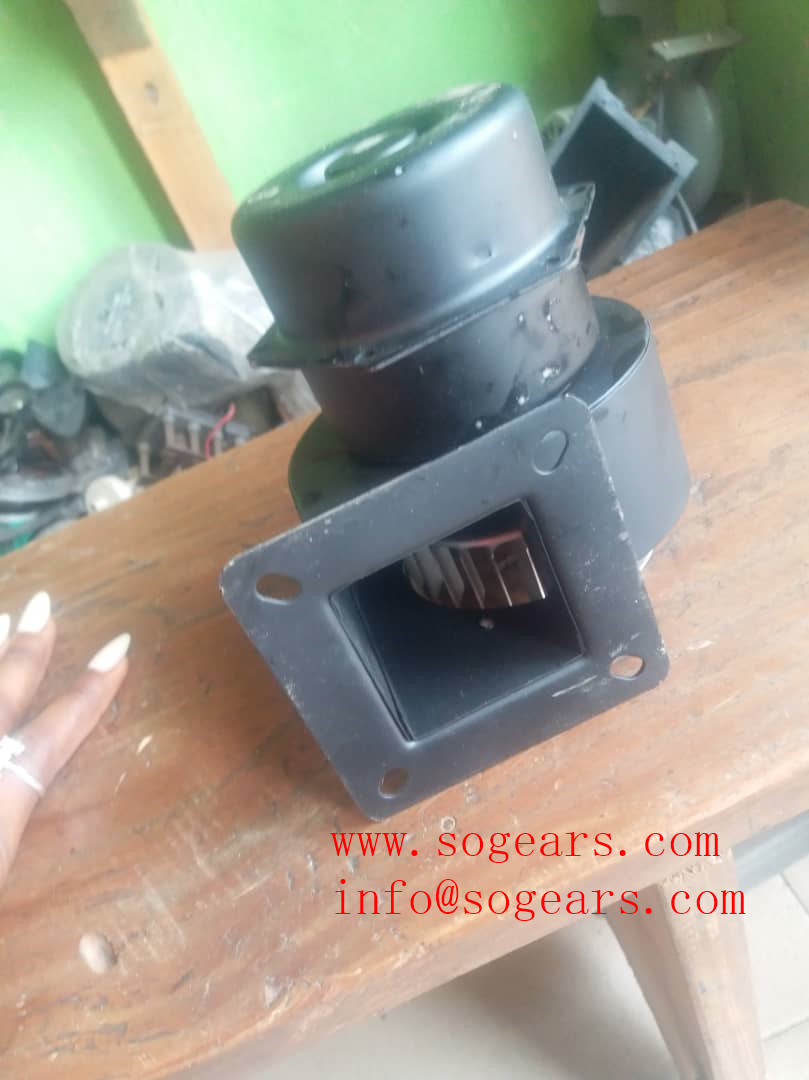
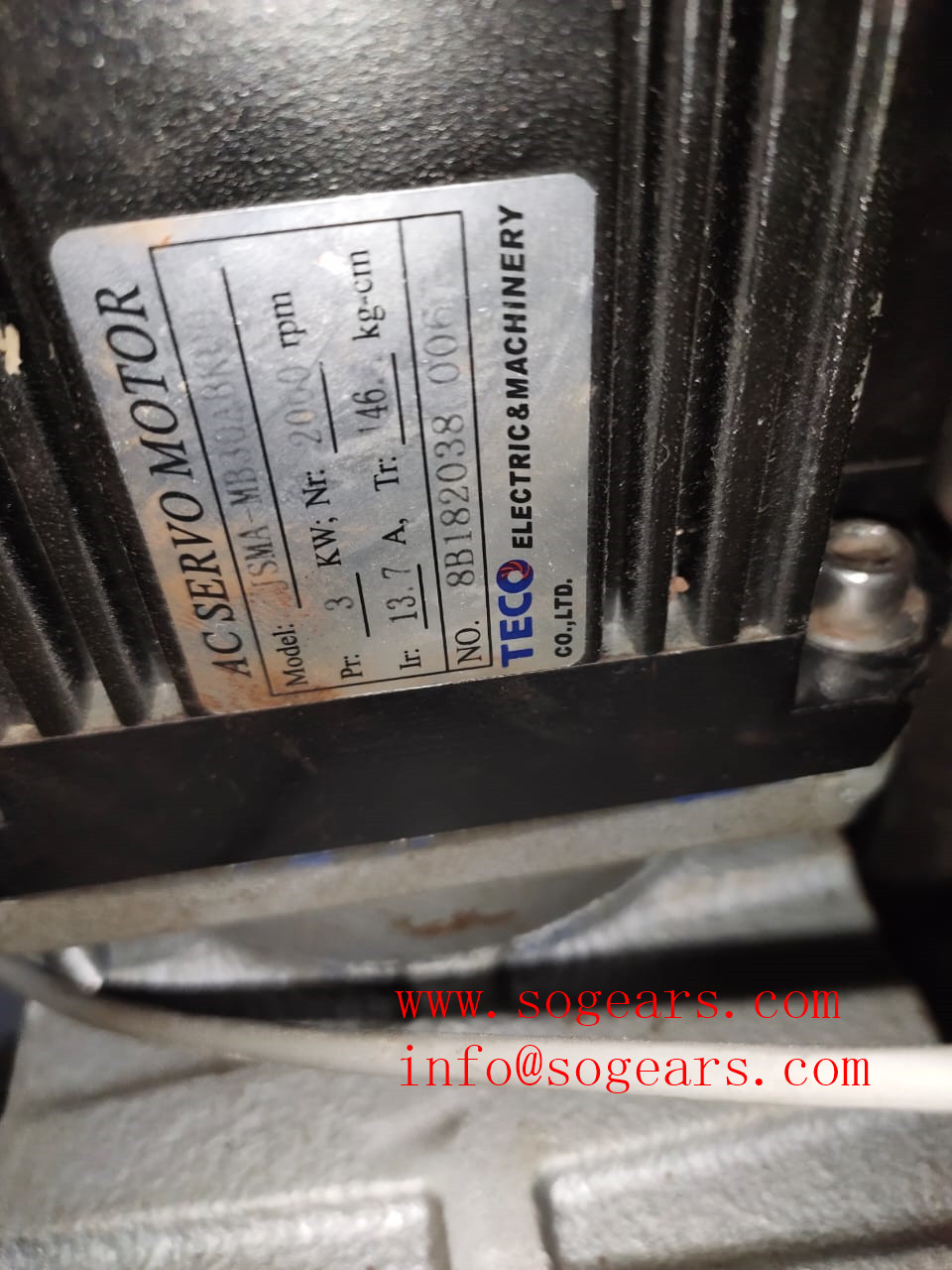
The excitation winding of the separately excited DC motor is connected to an independent excitation power supply, and its excitation current is relatively constant, and the starting torque is proportional to the armature current. The speed change is also 5%~15%. The speed can be increased by weakening the magnetic field and constant power or by reducing the voltage of the rotor winding to reduce the speed.
In addition to the shunt winding on the stator poles of the compound-excited DC motor, there are also series-excited windings connected in series with the rotor windings (the number of turns is less). The direction of the magnetic flux generated by the series winding is the same as that of the main winding. The starting torque is about 4 times the rated torque, and the short-term overload torque is about 3.5 times the rated torque. The speed change rate is 25%~30% (related to series winding). The speed can be adjusted by weakening the strength of the magnetic field.
The commutator segment of the commutator is made of alloy materials such as silver-copper, cadmium-copper, etc., and molded with high-strength plastic. The brushes are in sliding contact with the commutator to provide armature current for the rotor windings. Electromagnetic DC motor brushes generally use metal graphite brushes or electrochemical graphite brushes. The iron core of the rotor is made of laminated silicon steel sheets, generally 12 slots, with 12 sets of armature windings embedded, and each winding is connected in series, and then respectively connected with 12 commutating plates.
